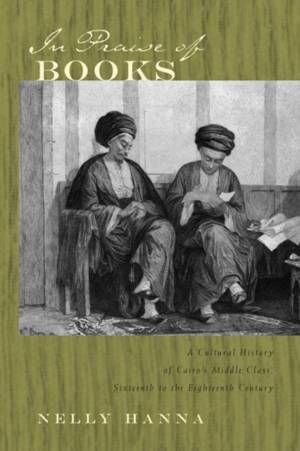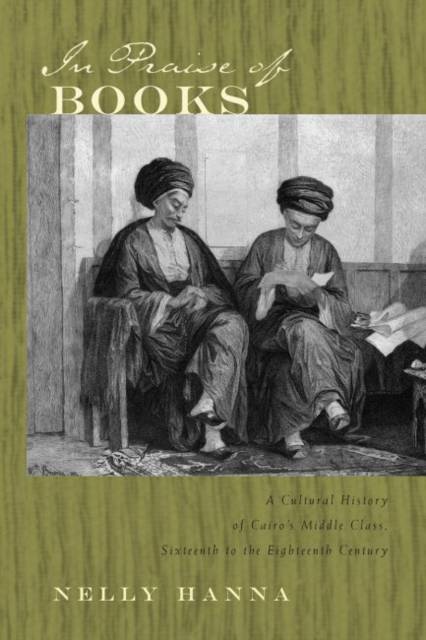
- Retrait gratuit dans votre magasin Club
- 7.000.000 titres dans notre catalogue
- Payer en toute sécurité
- Toujours un magasin près de chez vous
- Retrait gratuit dans votre magasin Club
- 7.000.000 titres dans notre catalogue
- Payer en toute sécurité
- Toujours un magasin près de chez vous
In Praise of Books
A Cultural History of Cairo's Middle Class, Sixteenth to the Eighteenth Century
Nelly Hanna
25,95 €
+ 51 points
Format
Description
In fine detail, the author explores economic influences on culture during periods of plenty and poverty. She examines the bond between commerce and escalating literacy via the building of schools, the availability of cheap paper, and the proliferation of books. And she assesses coffeehouses, storytellers, and phantom plays as a principal circuit for the spread of oral middle-class culture. Drawing on both published and unpublished sources, Hanna unveils a full-fledged Cairene middle-class culture that bridges the gap between the salons (majalis) of the elite and the common people.
A major contribution to Egypt's cultural record, this book sets a high standard for future research on the history of the Middle East.Spécifications
Parties prenantes
- Auteur(s) :
- Editeur:
Contenu
- Nombre de pages :
- 236
- Langue:
- Anglais
- Collection :
Caractéristiques
- EAN:
- 9780815630128
- Date de parution :
- 01-10-03
- Format:
- Livre relié
- Format numérique:
- Genaaid
- Dimensions :
- 155 mm x 241 mm
- Poids :
- 430 g







